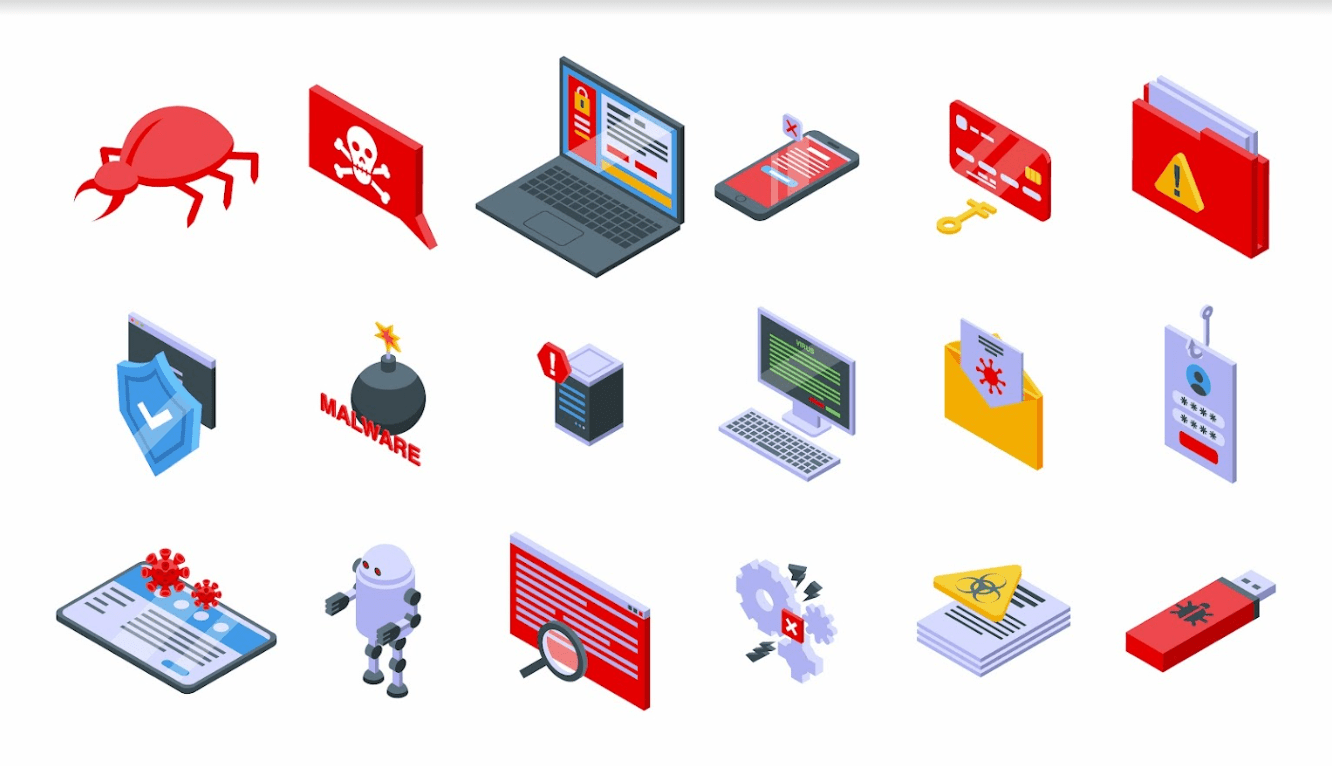As a B2B marketer, you may think that cybersecurity is something only your company’s technical IT department has to worry about. However, that’s not the case. Everyone in the company should be concerned and responsible when talking about cybersecurity.
Cybersecurity is a set of practices that help businesses and organizations protect their valuable data and resources from threats and cyberattacks. Unfortunately, such cases continue to grow every day, and they can force some business organizations to shut down permanently.
That is why everyone in the company, even a B2B marketer like you, should be concerned about your organization’s cybersecurity practices and implementation. Otherwise, it’ll be easy for cybercriminals to penetrate your systems without a hassle.
So, if you need an extra layer of protection against potent cybersecurity threats, you may consider outsourcing a team of professional IT experts. Sounds new? You may visit cpcyber.com/soc-outsourcing/ and other similar services to learn more about the effects of IT outsourcing in your organization.
But before anything else, including VPN fast download, it’s essential to understand cybersecurity threats. These malicious attacks aim to access sensitive data, damage information and disrupt operations, and they occur in many types. Here are the most common cybersecurity threats from the perspective of a B2B marketer:
1. Malware Attacks
Cybercriminals use different methods to get malware into their victims’ systems, usually through social engineering. A good example would be encouraging users to click or open something, such as links or attachments.
In some cases, malware may use the vulnerabilities in your browsers to install themselves without your knowledge or permission.
Once they’re in, cybercriminals can monitor your activities, retrieve sensitive personal data, and penetrate other devices within the network.
Different types of malware attacks include:
- Trojan: This is a malicious code that poses as a legitimate source to take control of your computer. It may look harmless but can damage, steal, or disrupt your data or network.
- Ransomware: This is one of the most common malware attacks that cybercriminals use to draw tons of money from you. Attackers use this to encrypt your files in a password-protected location. Then, they’ll demand a ransom in exchange for a key you’ll need to access your data.
- Wiper Malware: This type of malware is focused on destroying networks and data. It’s also used to keep the attacker hidden through various political messages.
- Spyware: It’s malware software that retrieves data and forwards the information to the perpetrator without your knowledge and permission. Also, attackers use data provided by spyware to earn profits.
- Fileless Malware: Unlike others, this type of malware doesn’t require software installation to function. Instead, it makes internal files editable to gain access. That is why it’s harder to detect and looks more legitimate.
All these can significantly damage your business data. So, to avoid such unfortunate events, ensure you upgrade your systems and equip them with the latest security features to guarantee optimum protection against cybercriminals.
2. Social Engineering Attacks
Social engineering attacks are psychological attacks that manipulate users into performing actions that would exploit their sensitive information, such as bank accounts, passwords, account numbers, and more.
Here are the most common social engineering attacks cyber criminals use today:
- Phishing: Cybercriminals imitate credible sources and send fraudulent emails to urge users to perform actions that would divulge their sensitive data. Also, attackers often use phishing attempts to access bank accounts from well-known financial institutions.
- Malvertising: This is an advertisement controlled by cybercriminals. When a user clicks on a malware ad, malicious code will be installed in their system. It may also occur just by viewing the ad, so you must be very careful.
- Baiting: Attackers use this by giving false promises to users, such as promoting downloadable content and movies. Once they’re trapped, cybercriminals will have the opportunity to steal their data and other valuable information.
- Voice Phishing: Also known as vishing, voice phishing defrauds users through phone calls and entices them to exploit sensitive data.
- Whaling: This social engineering attack targets high-profile individuals (whales), such as CEOs and CFOs. Cybercriminals use this to trick their victims and disclose highly sensitive information from top-of-the-rank employees.
3. Advanced Persistent Threats (APT)
APTs are highly sophisticated and complex hacking strategies. These allow attackers to remain undetected inside the system for long periods, giving them opportunities to cause potentially destructive disasters.
Since it’s highly advanced, it’s often used to divulge sensitive information from high-profile targets, such as large conglomerates and nation-states.
Here are common indicators of APT:
- Creation Of Unidentified Accounts: Attackers usually create new accounts and credentials with additional privileges.
- Unusual Activities: Attackers work in patterns when they’re inside the system. For example, after creating an account, they’ll leave it for a while before being active again. If you’re sensing such abnormal activities in your system, they’re already in.
- Backdoor Malware: This allows cybercriminals to stay and remain undetected for long periods.
- Unusual Data Files: If you find some unnecessary bundles of files within your network, APT attackers are already inside, expediting the exfiltration process.
4. Distributed Denial Of Service (DDoS)
The main goal of DDoS is to allow attackers to use multiple devices and networks and launch a coordinated attack on a specific system. Also, it’s often used with other cybersecurity threats to cause a denial of service and create confusion while cybercriminals steal your information.
Here are other methods to carry out DDoS attacks:
- Botnets: These are systems infected with malware where hackers are in control. They use these bots to launch DDoS attacks at a catastrophic scale.
- Smurf Attack: This sends an echo request called Internet Control Message Protocol to the IP addresses of the victims. These requests come from fake IP addresses to trick many users at the same time.
- TCP SYN Flood Attack: This causes a flood of requests to the system, causing the system to break down and time out. As a result, even credible users won’t be able to access or enter the network.
5. Man-In-The-Middle Attacks
These are attacks where someone positions themselves in the middle between you and the application you’re using. They could be eavesdropping on your conversation or impersonating both of you to steal information, such as account details, credit card numbers, Social Security credentials, etc.
Some examples of MITM attacks include:
- Session Hijacking: It happens when the attacker hijacks the session between you and a server.
- Replay Attack: This occurs when the attacker eavesdrops on your communication with a server. Then, they’ll use your messages and communicate with the server while pretending to be you.
Final Words
These are all the cybersecurity threats you must know and understand as a B2B marketer to collaborate effectively with your company’s IT department. As you can see, most attacks happen due to interaction with fake accounts and messages. Therefore, to protect your company from cyberattacks, ensure not to let your guard down at all times. Never trust any link that you’re unsure of. And remember, when in doubt, throw it out.









0 Comments